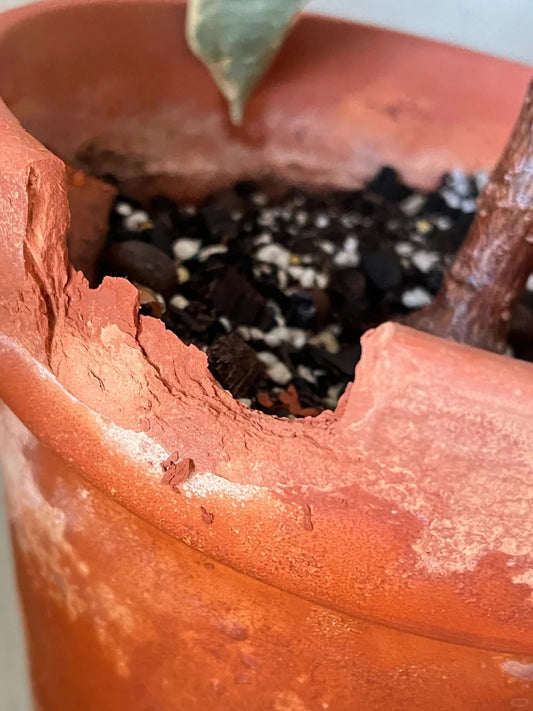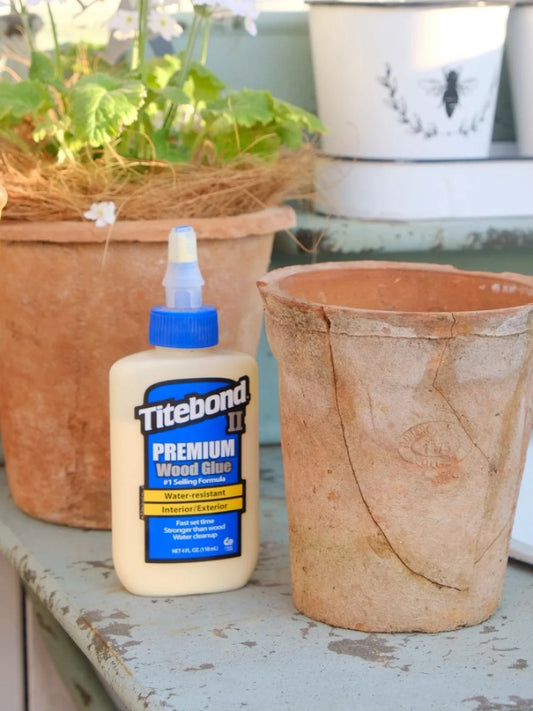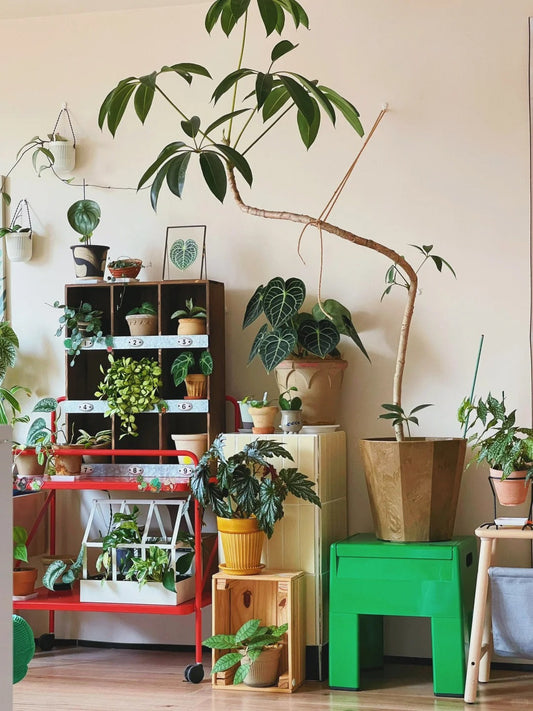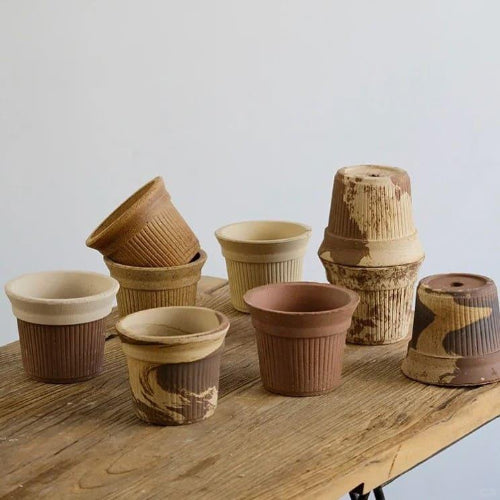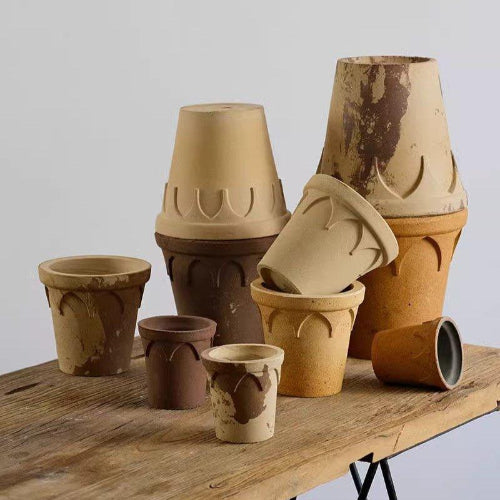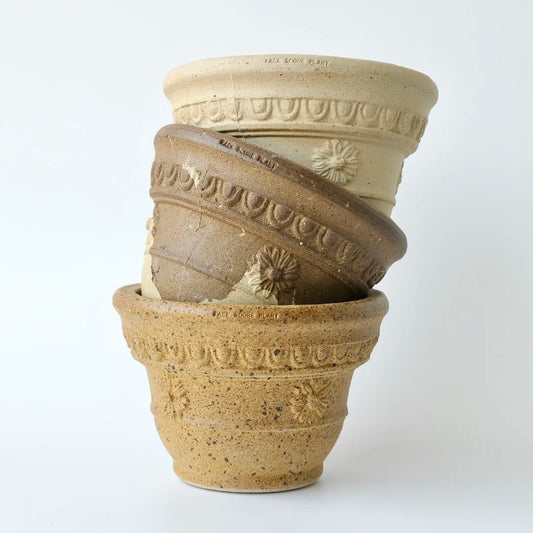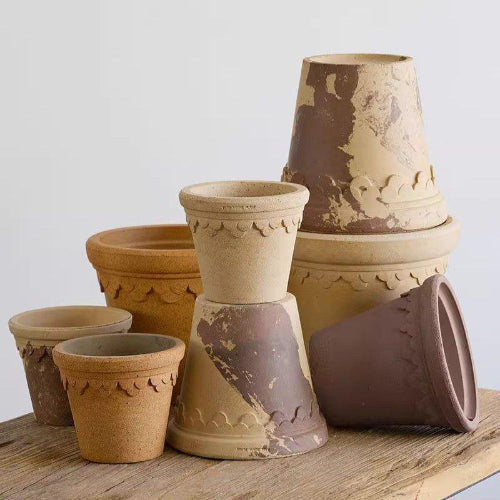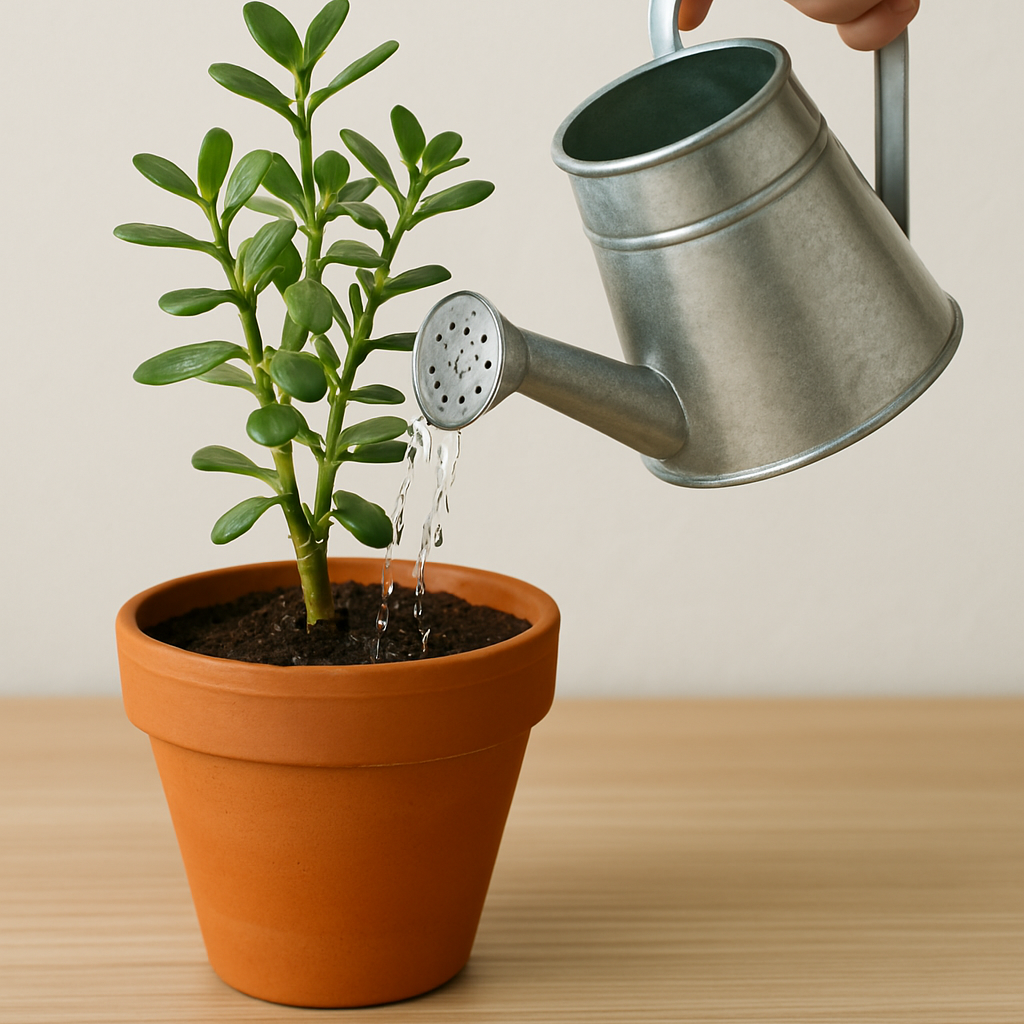
Best Watering Techniques: How to Avoid Overwatering or Underwatering Your Plants
When it comes to plant care, one of the most common issues gardeners face is getting the watering just right. Too much water can drown your plants, while too little can cause them to wilt and die. The key to a healthy, thriving garden lies in striking the perfect balance. In this blog, we'll share some expert watering tips, as well as how the right choice of pot, like breathable clay pots, can help your plants grow strong and healthy.
The Importance of Proper Watering
Watering is essential for plant survival, as it ensures that your plants receive the necessary hydration for photosynthesis, nutrient transport, and overall health. However, different plants have different water requirements, and the environment in which they grow—such as indoor vs. outdoor, dry vs. humid—can significantly affect how much water they need. That’s why understanding the nuances of watering is crucial.
How to Tell if Your Plant Needs Water
Before you start watering, it’s important to assess whether your plant actually needs it. Here are some signs that your plant may be thirsty:
- Dry Soil: Stick your finger into the soil about an inch deep. If it feels dry, it’s time to water.
- Wilting Leaves: If the leaves appear droopy and dry, it’s a sign of dehydration.
- Lightweight Pots: If the pot feels light when you lift it, this can indicate that the soil is dry and needs water.
On the flip side, if your plant’s leaves are yellowing, or if the soil feels soggy and waterlogged, you may be overwatering. It’s essential to avoid these extremes for healthy plant growth.
The Golden Rule: Water Deeply, Not Frequently
One of the best watering techniques is to water deeply but less often. This encourages roots to grow deeper into the soil, making the plant more drought-tolerant in the long run. Instead of frequent shallow watering, which only moistens the top layer of soil, focus on soaking the soil thoroughly during each watering session. The water should reach deep into the root zone, which is where the plant's roots need the most hydration.
How to Avoid Overwatering
Overwatering is a common mistake, especially for new plant parents. If the plant sits in waterlogged soil, it can lead to root rot and other health problems. Here’s how to avoid overwatering:
- Check the Soil First: Always test the soil before watering to make sure it's dry.
- Use the Right Pot: Pots with proper drainage are crucial. Ensure that excess water can escape from the pot, allowing the soil to dry out between waterings.
- Watering Schedule: The frequency of watering will depend on factors like the size of the plant, the type of soil, the pot size, and the environment. It’s better to water based on need rather than a set schedule.
How to Avoid Underwatering
Underwatering, on the other hand, can stress your plants, causing their leaves to dry up, turn brown, or drop. Here’s how to ensure your plant isn’t thirsty:
- Deep Watering: Ensure the water reaches the root system by watering deeply.
- Use Self-Watering Pots: If you tend to forget watering, self-watering pots can help maintain consistent moisture levels.
- Monitor Regularly: Check your plants regularly, especially during hotter seasons when they tend to dry out faster.
Why Choose Clay Pots for Better Watering Control?
When it comes to choosing the right pot for your plants, breathable materials like clay pots are a great option. Clay is porous, which means it allows for better air circulation and water evaporation. This helps prevent the soil from staying too wet, reducing the risk of root rot. The breathable nature of clay pots also encourages healthy root development, as the roots can access oxygen more effectively. Plus, they help regulate moisture, which is crucial for maintaining the right balance between overwatering and underwatering.
Conclusion
Proper watering is one of the most essential aspects of plant care, but it can be tricky to get right. By following the tips above and understanding your plant’s needs, you can help your plants thrive. Using a breathable pot, like a clay pot, can further support healthy watering practices and contribute to better plant health.
If you're looking for high-quality, breathable clay pots to ensure your plants stay hydrated and healthy, feel free to visit our website. We offer a variety of beautiful, durable pots perfect for all your gardening needs.
Happy gardening! 🌿

